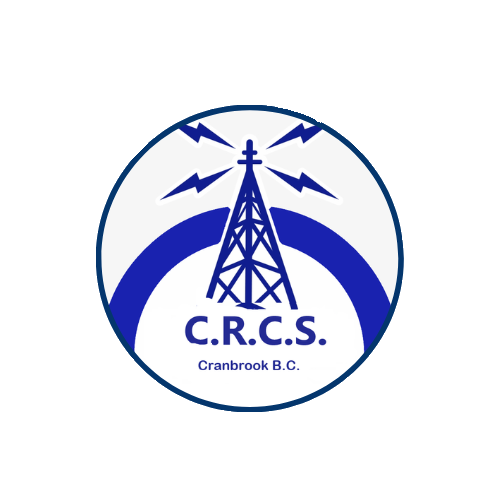When it comes to portable field operations—whether for Parks on the Air (POTA), Summits on the Air (SOTA), Field Day, or emergency communication drills—the antenna you choose can significantly impact your success. At Cranbrook Radio Club Society (CRCS), we’ve tested various configurations in diverse terrains and conditions. This guide aims to provide insights into the best antenna setups for portable field use, helping you make informed decisions for your next outing.
Understanding Portable Antenna Requirements
Portable antennas must balance performance with practicality. Key considerations include:
-
Ease of Setup: Quick assembly and disassembly are crucial, especially in unpredictable weather.
-
Portability: Lightweight and compact designs facilitate transport.
-
Multi-Band Capability: Access to multiple bands enhances versatility.
-
Efficiency: Maximizing signal strength while minimizing losses.
Top Portable Antenna Configurations
1. End-Fed Half-Wave (EFHW) Antennas
EFHW antennas are popular for their simplicity and effectiveness. They require minimal support structures and can be set up as slopers or inverted-Vs.
Pros:
-
No need for a tuner if cut to resonance.
-
Lightweight and compact.
-
Suitable for various bands.
Cons:
-
May require a counterpoise or grounding.
-
Performance can be affected by surrounding objects.
Setup Tips:
-
Use a 9:1 unun to match impedance.
-
Elevate the feed point to reduce ground losses.
2. Vertical Antennas
Verticals are favored for their omnidirectional pattern and low take-off angle, making them suitable for DX operations.
Pros:
-
Compact footprint.
-
Effective for long-distance communication.
Cons:
-
Require radials or a counterpoise for optimal performance.
-
May need a tuner for multi-band use.
Setup Tips:
-
Deploy with at least four radials for improved efficiency.
-
Use telescopic masts for quick deployment.
3. Dipole Antennas
Dipoles are reliable and straightforward, offering good performance when space allows.
Pros:
-
Balanced and efficient.
-
Easy to construct and tune.
Cons:
-
Require two support points.
-
Larger footprint compared to verticals.
Setup Tips:
-
Configure as an inverted-V to reduce the height requirement.
-
Use lightweight materials like fiberglass poles for supports.
4. Magnetic Loop Antennas
Magnetic loops are compact and efficient, especially in environments with limited space.
Pros:
-
Small size, ideal for stealth operations.
-
High Q factor, leading to reduced noise.
Cons:
-
Narrow bandwidth requires frequent tuning.
-
Limited power handling capacity.
Setup Tips:
-
Position away from metallic objects to prevent detuning.
-
Use a vacuum variable capacitor for smoother tuning.
Selecting the Right Antenna for Your Needs
Your choice depends on various factors:
-
Terrain: Forested areas may favor verticals, while open fields are suitable for dipoles.
-
Operating Bands: Ensure the antenna supports your desired frequencies.
-
Time Constraints: Quick-deploy antennas are beneficial for short activations.
-
Weight Limitations: For backpacking, opt for lightweight designs.
Selecting the best antenna setup for portable field use involves balancing performance with practicality. By understanding the strengths and limitations of each configuration, you can tailor your setup to your specific needs. At CRCS, we encourage experimentation and knowledge sharing to enhance our collective experience in the field.




